1. Overview
Karoly Grosz (Károly GrószKAH-roy GROHSSHungarian; March 9, 1897 - May 14, 1952) was a Hungarian-American illustrator of film posters during the Classical Hollywood-era. As the art director at Universal Pictures for most of the 1930s, Grosz was responsible for overseeing the company's advertising campaigns and contributed hundreds of his own distinctive illustrations. He is particularly celebrated for his dramatic and colorful posters, especially those for classic horror films. His most recognized works include posters for early Universal Classic Monsters films such as Dracula (1931), Frankenstein (1931), The Mummy (1932), The Invisible Man (1933), and Bride of Frankenstein (1935). Beyond the horror genre, his notable designs also encompass posters for the epic war film All Quiet on the Western Front (1930) and the screwball comedy My Man Godfrey (1936).
Original lithograph copies of Grosz's poster art are exceptionally rare and highly prized by collectors, having set auction records for the world's most expensive film posters. His work for Frankenstein and The Mummy achieved landmark prices, with The Mummy poster holding the record for nearly two decades, potentially being the most expensive art print of any kind at the time of its sale in 1997. Despite the significant increase in the valuation and prominence of his artwork, very little biographical information about Grosz is widely known, reflecting the common anonymity of early American film poster artists. This article explores Grosz's life and career, his unique artistic contributions, and the enduring legacy and appraisal of his work, highlighting its profound impact on cultural heritage and its artistic significance.
2. Life
Karoly Grosz's life details remain largely obscure, a common situation for many early poster artists, even as his illustrations have become some of the most valuable in film poster collecting.
2.1. Early Life and Immigration
Karoly Grosz was born in Hungary around 1896. He immigrated to the United States in 1901 and later became a naturalized American citizen. Census records from 1925 and 1930 indicate that he resided in New York City and spoke Yiddish.
2.2. Personal Life
Grosz married Bertha Grosz around 1917, and by 1930, they had two children. In August 1937, he legally changed his name to Carl Grosz Karoly. Throughout his career, he was occasionally referred to as "Carl" or "Karl" Grosz.
3. Career
Karoly Grosz's career as a film poster illustrator spanned from approximately 1920 to 1938, during which he significantly influenced film advertising art.
3.1. Early Career
Grosz began his involvement in film advertising as early as 1920. At that time, an industry newspaper noted him as an employee of producer Lewis J. Selznick's Selznick Pictures, where he worked on art titling at the company's studios in Fort Lee, New Jersey. In 1921, he was a member of the New York-based professional organization Associated Motion Picture Advertisers and was employed by Associated Producers. By 1923, Grosz had advanced to manage the advertising art departments for both Preferred Pictures and producer Al Lichtman's company. Additionally, in 1927, he designed a souvenir book distributed at the premiere of Uncle Tom's Cabin.
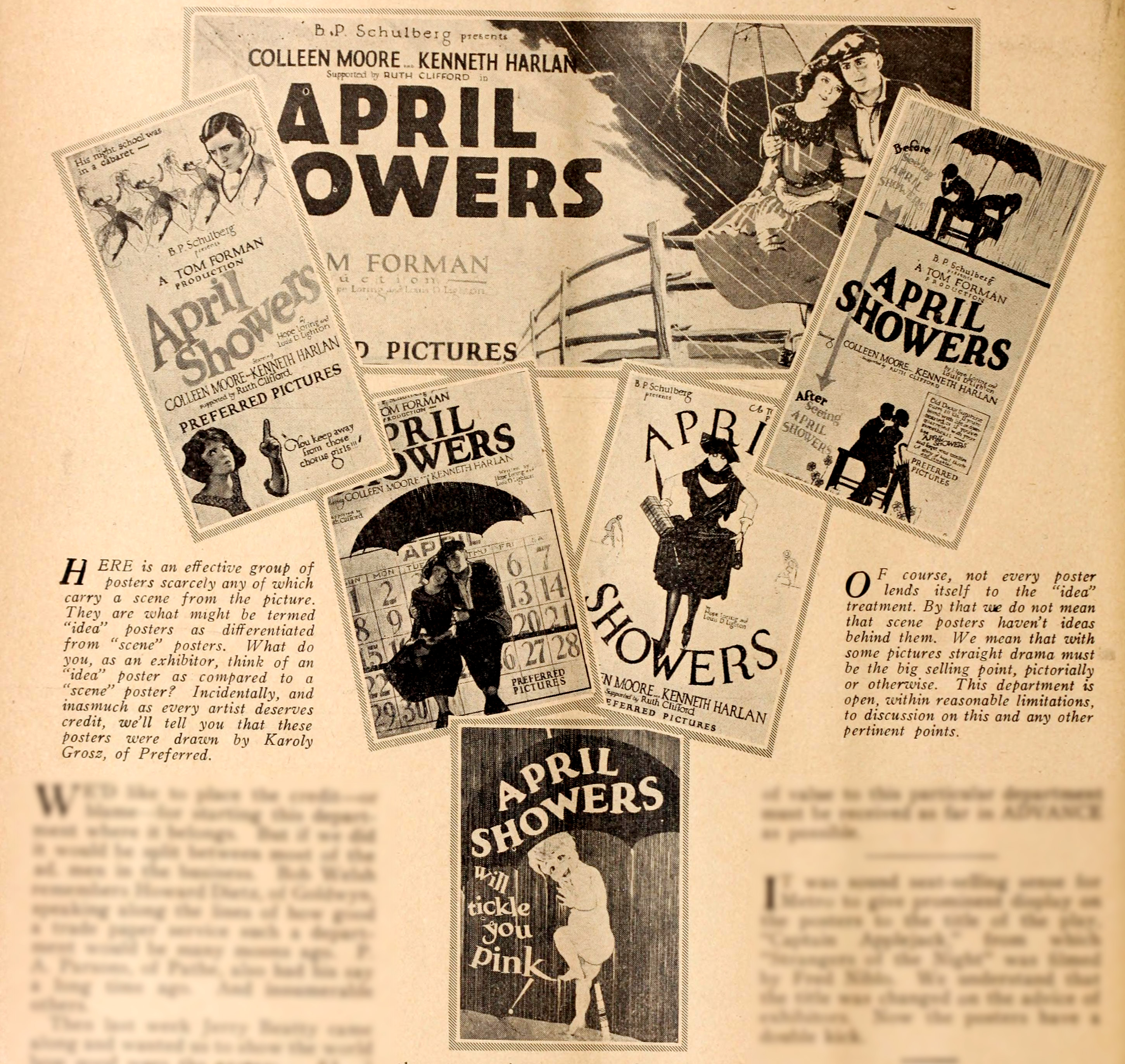
His posters for the 1923 silent film April Showers were considered innovative because their designs emphasized a central "idea" or visual theme rather than providing literal depictions of scenes from the film. This approach marked a departure from the prevailing styles of the era. The same year, he was credited with a billboard-size display for the silent western The Virginian, which was the second film adaptation of Owen Wister's 1902 novel of the same name.
3.2. Career at Universal Pictures
Grosz joined Universal's art department in New York in the mid-1920s. By 1930, he and Philip Cochrane were appointed advertising art directors by Robert Cochrane, Universal's first advertising manager and Philip's brother. Grosz and Cochrane are widely credited with maintaining the consistently high artistic quality of Universal's advertising throughout the 1930s.
His work, such as the teaser poster for Frankenstein, played a crucial role in introducing the now-iconic characters from Universal's early horror films to the public. In addition to horror-themed art, Grosz's tenure at Universal was characterized by "lively, dramatic poster work" that matched the prestige and earnings of major films like the World War I epic All Quiet on the Western Front (1930) and the early screwball comedy My Man Godfrey (1936).
Grosz's poster designs were also distributed to international markets, sometimes with minor adjustments. In the United Kingdom, his horror film posters were considered so provocative and lurid that by 1932, the British Board of Film Censors implemented stricter regulations for advertising displays in public spaces.
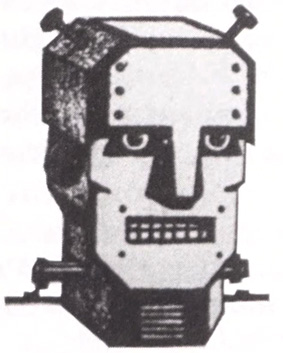

Beyond his poster designs, Grosz also made direct contributions to the visual appearance of Universal's films. Most notably, his concept art for Frankenstein's monster, which depicted a more mechanical or robotic aesthetic, is the credited origin for the distinctive steel bolts in the monster's neck. Although a relatively minor detail, these neck-bolts have become an iconic visual element closely associated with the monster, particularly Universal's rendition. Despite claims by make-up artist Jack Pierce that he conceived the neck-bolts, film critic and historian Alberto Manguel found that Grosz's concept art predated Pierce's assertions. Manguel also noted that Pierce had claimed other contributions to the monster's appearance that were not his own, such as conceiving the flat-top boxy skull, which actually originated from the screenplay. Nevertheless, Manguel concluded that Pierce was ultimately responsible for the monster's overall onscreen appearance.
Philip Cochrane departed Universal in 1937, and Grosz's employment at the studio may have continued until 1938. Following their departures, the quality of Universal's poster art in the late 1930s and early 1940s declined, marked by a shift from vibrant illustrations to more mundane photographic reproductions. The artistic standard of Universal's poster art improved again after Maurice Kallis was recruited from Paramount Pictures to serve as art director.
3.3. Artistic Style and Contributions
As a painter, Karoly Grosz typically worked with oil and watercolor. His artistic style was influenced by a diverse range of movements, including Expressionism and Art Deco. He was known for his distinctive dramatic and colorful approach to poster design. A significant contribution was his concept art for Frankenstein's monster, which suggested a more mechanical appearance, leading to the iconic steel bolts that became a permanent part of the monster's visual identity. This detail, though small, had a lasting impact on how the character is perceived and represented.
4. Major Works and Attribution
Karoly Grosz is believed to have contributed hundreds of illustrations to Universal Pictures between the late 1920s and late 1930s. He is often credited, at least in part, for the majority of Universal's posters produced during his tenure as head of the art department. This broad attribution stems from his responsibility for the overall art direction of the studio's advertising campaigns, even for posters he may not have personally illustrated. However, determining the specific authorship of vintage film posters is inherently challenging due to the generally anonymous nature of the work, especially in the United States. A notable exception is Grosz's window card for Murders in the Rue Morgue, which is one of the rare American film posters from that period signed by the artist.

The list below includes films with promotional artwork that has been specifically attributed to Karoly Grosz in secondary sources, either as an illustrator or for his art direction.
4.1. Attributed Film Posters
| Year | Premiere or release | Film title | Studio |
|---|---|---|---|
| 1923 | Sep 30, 1923 | The Virginian | Preferred Pictures |
| Dec 10, 1923 | April Showers | ||
| 1927 | Nov 4, 1927 | Uncle Tom's Cabin | Universal Pictures |
| 1930 | Apr 21, 1930 | All Quiet on the Western Front | |
| 1931 | Feb 14, 1931 | Dracula | |
| Nov 21, 1931 | Frankenstein | ||
| 1932 | Feb 21, 1932 | Murders in the Rue Morgue | |
| Oct 20, 1932 | The Old Dark House | ||
| Dec 22, 1932 | The Mummy | ||
| 1933 | Nov 13, 1933 | The Invisible Man | |
| Aug 1, 1933 | Moonlight and Pretzels | ||
| 1934 | May 7, 1934 | The Black Cat | |
| 1935 | Apr 20, 1935 | Bride of Frankenstein | |
| Jul 8, 1935 | The Raven | ||
| 1936 | Jan 20, 1936 | The Invisible Ray | |
| Mar 9, 1936 | Love Before Breakfast | ||
| May 13, 1936 | Dracula's Daughter | ||
| Sep 6, 1936 | My Man Godfrey | ||
| 1938 | Jun 3, 1938 | Wives Under Suspicion |
4.2. Gallery
Karoly Grosz's diverse artistic output is exemplified by his representative film poster designs, showcasing his dramatic and colorful style that captured the essence of the films he promoted.
His early designs for films like All Quiet on the Western Front set a high standard for promotional artwork, displaying an innovative approach to visual themes rather than literal depictions.
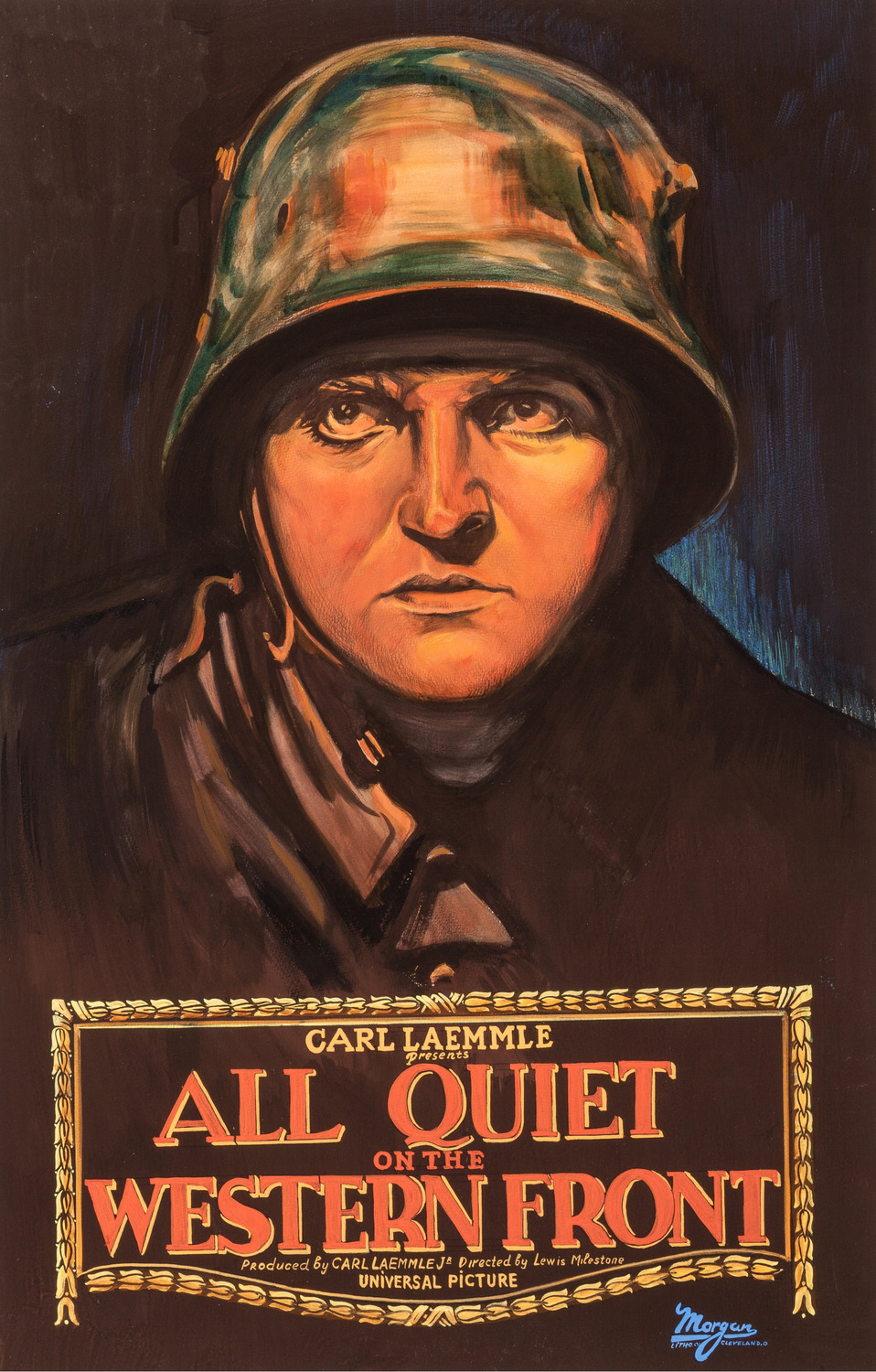
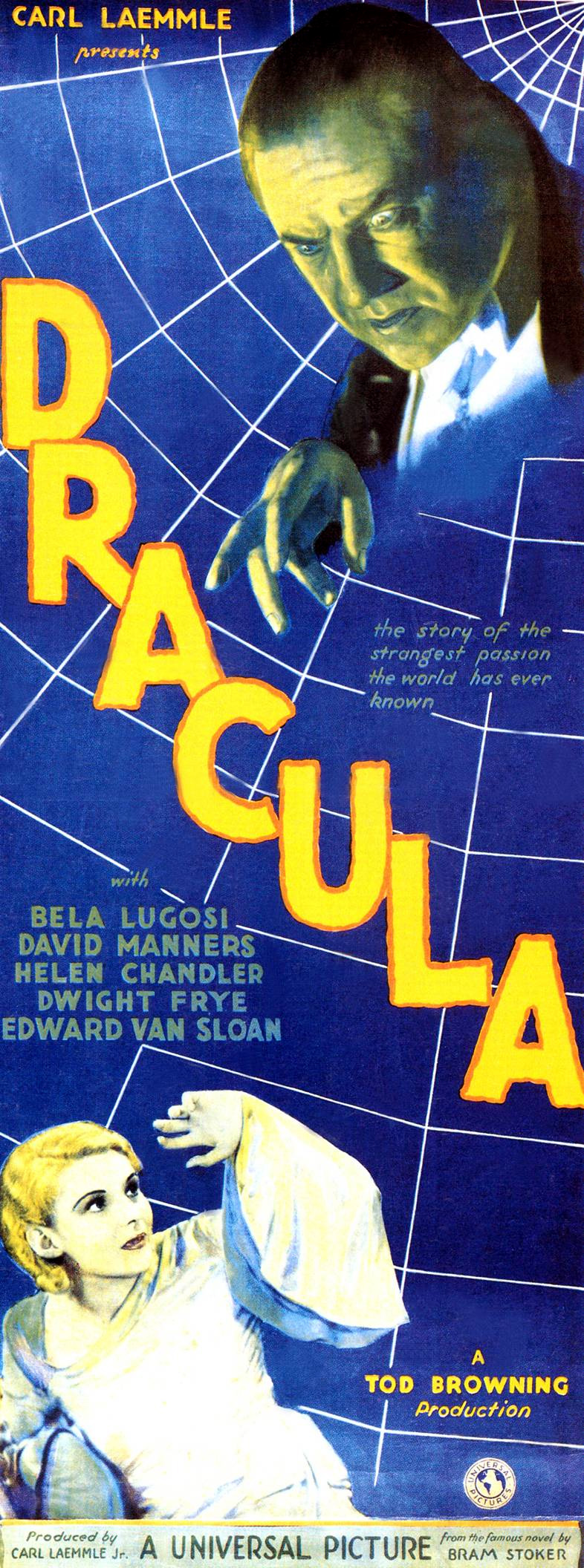
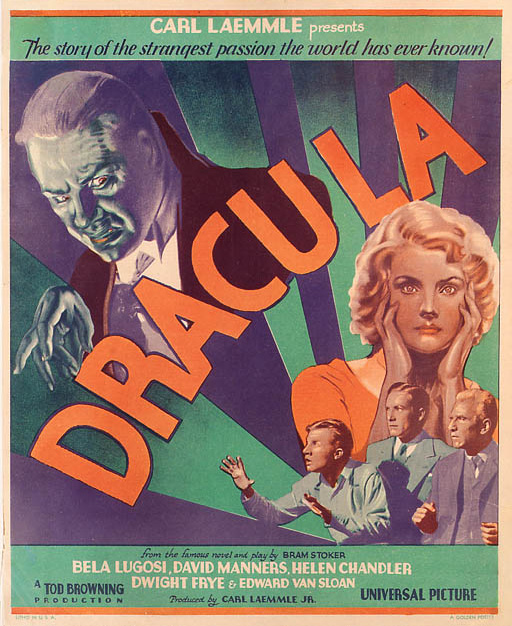
Grosz's contributions to the iconic Universal horror films are particularly notable, with his dramatic flair capturing the essence of these cinematic monsters. His designs for Frankenstein introduced audiences to the film's chilling atmosphere.
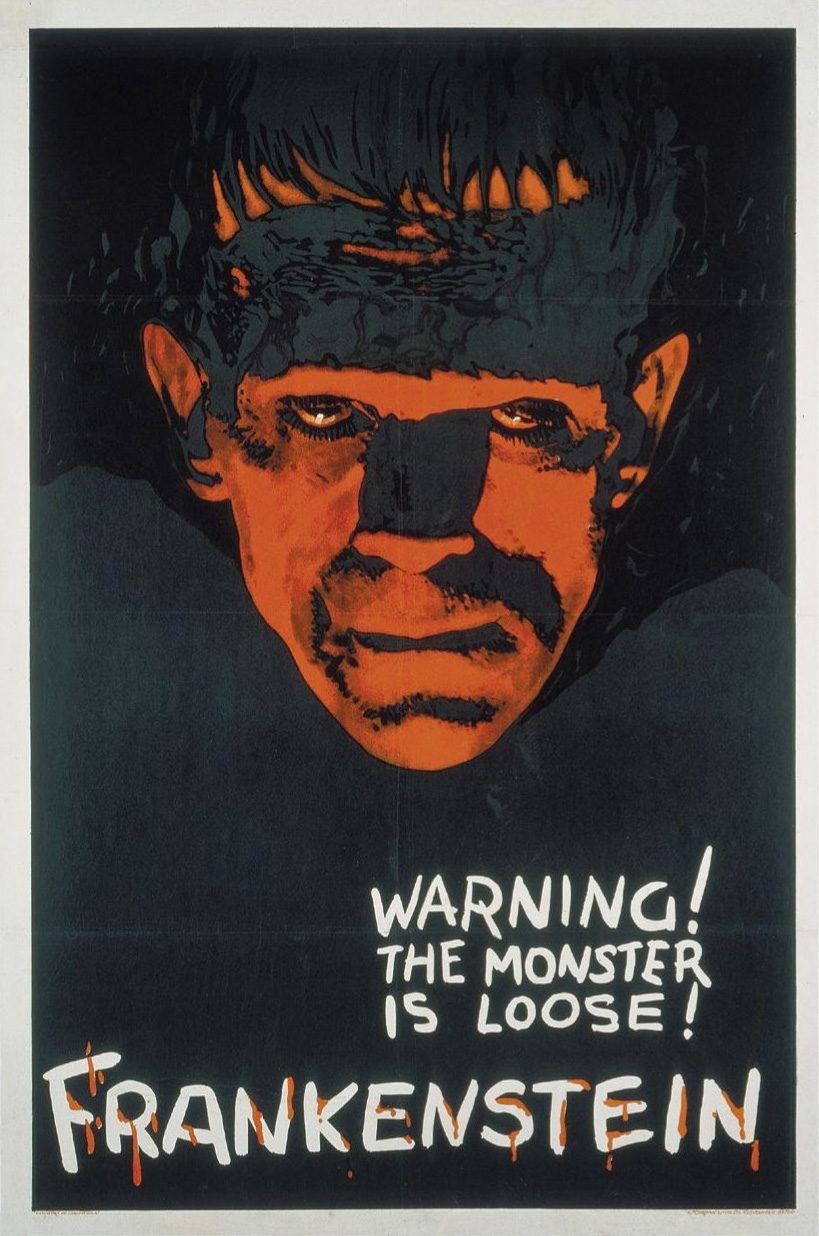
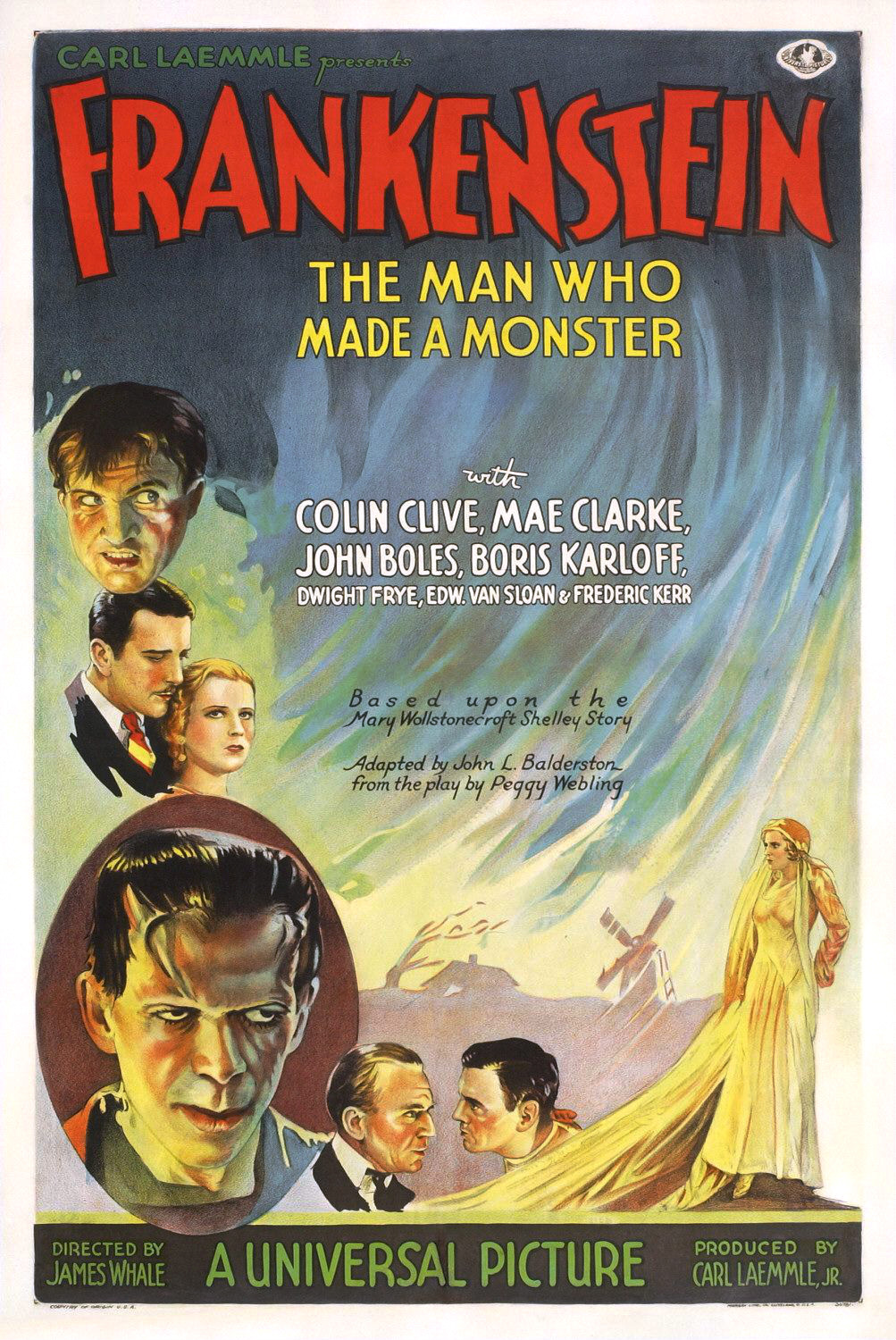
The posters for Murders in the Rue Morgue and The Old Dark House further exemplify his talent for creating striking and memorable horror imagery.
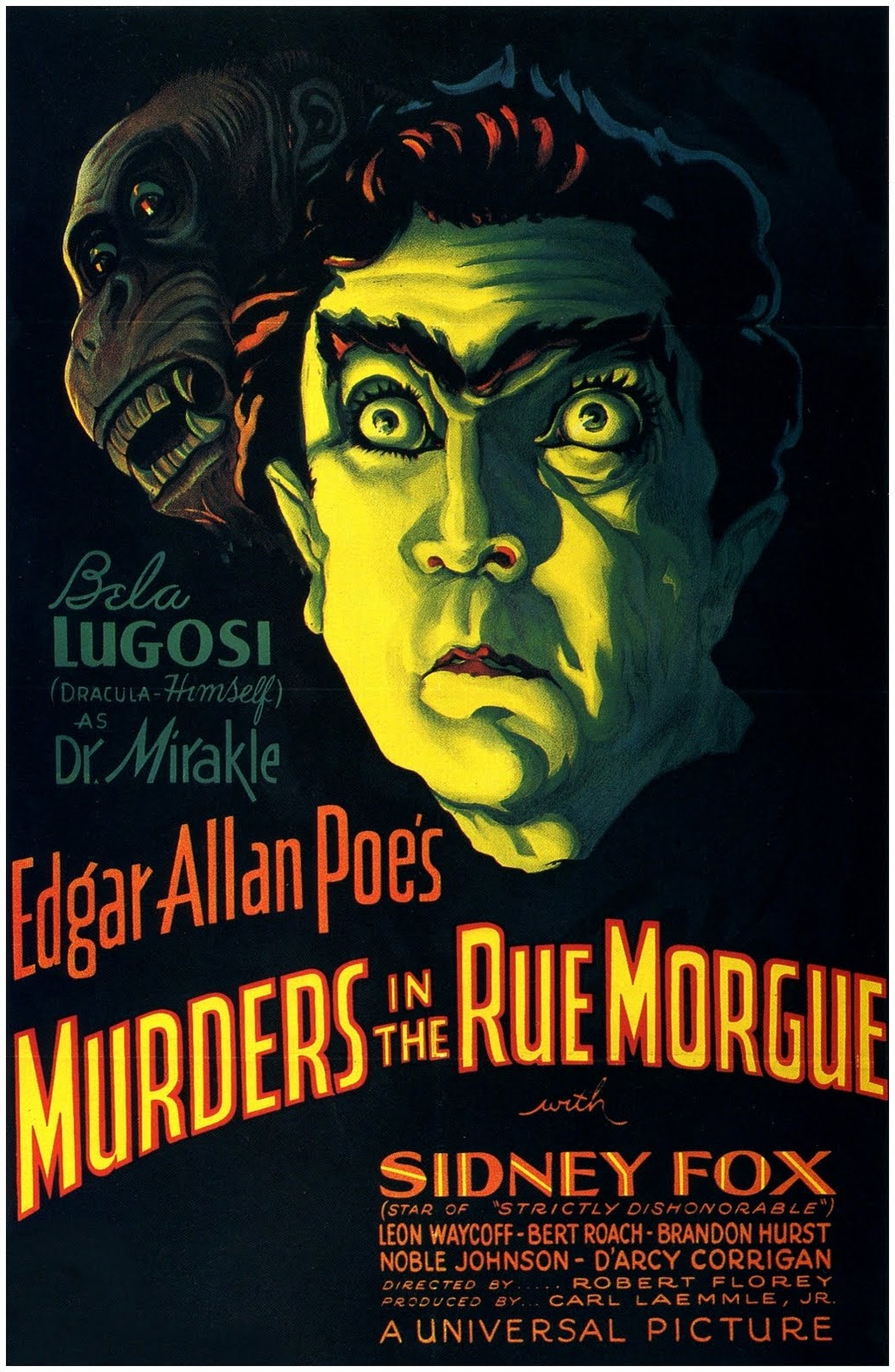
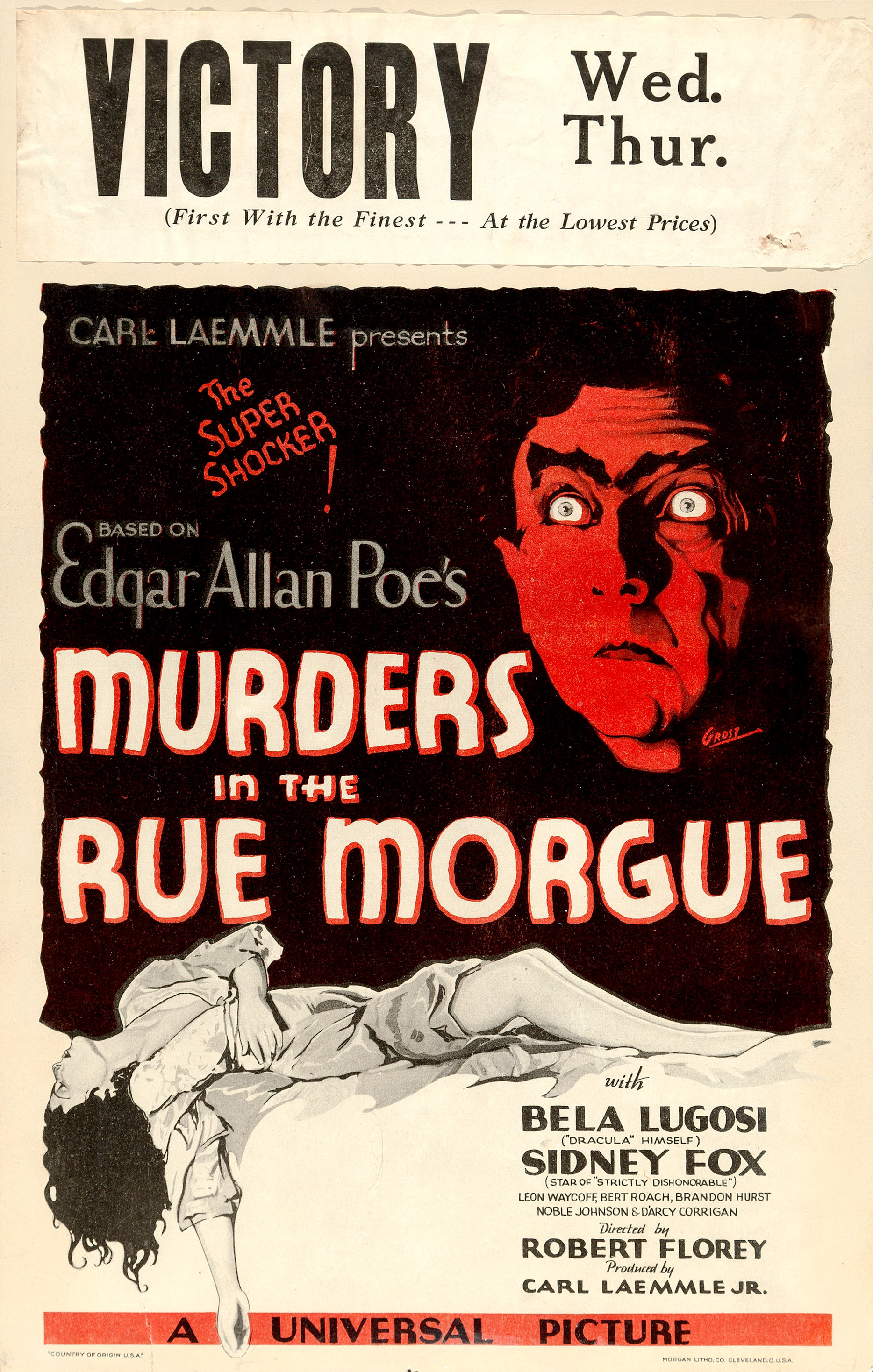
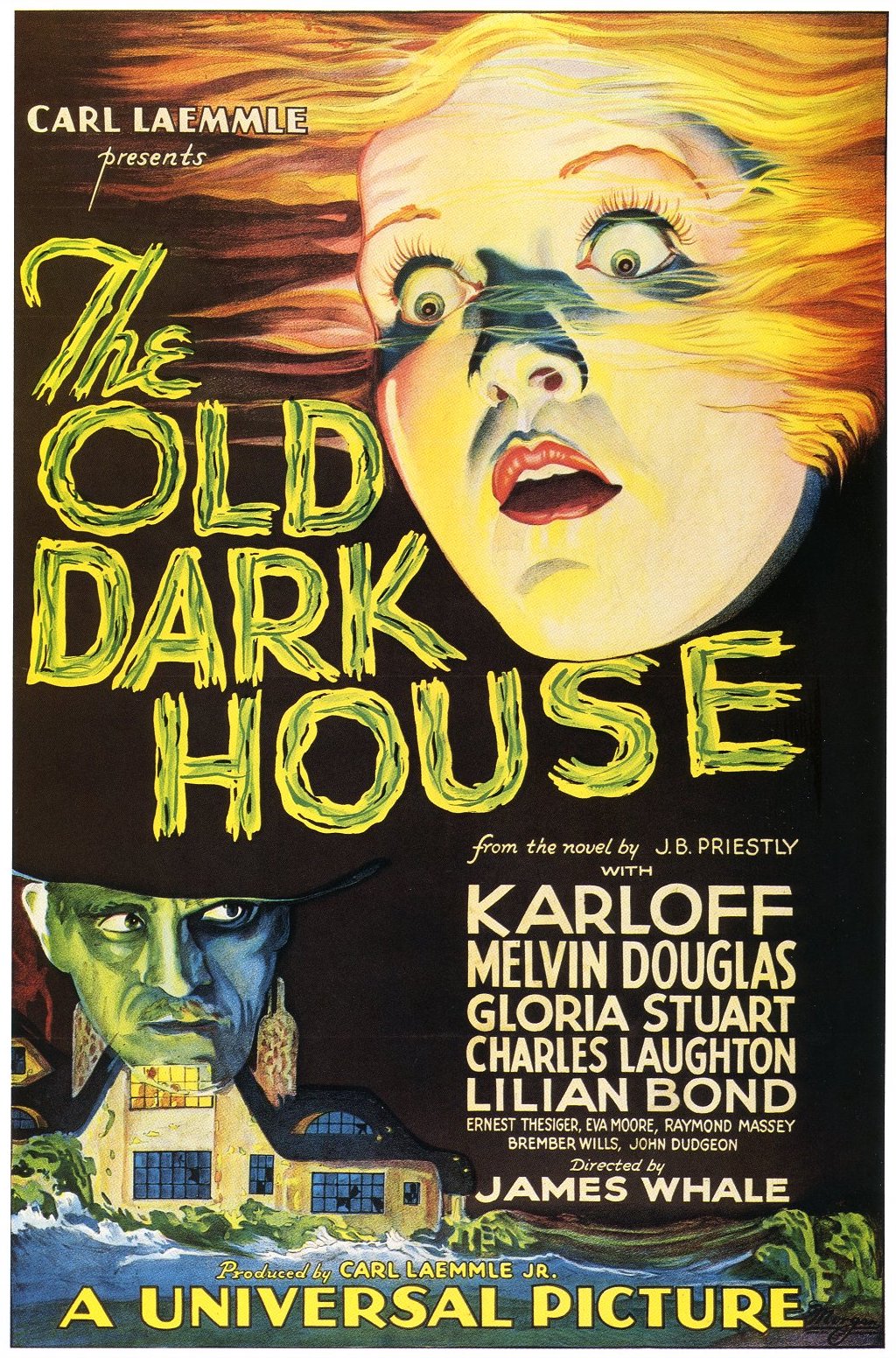
Perhaps most famously, Grosz's work for The Mummy and The Invisible Man are considered some of the most valuable and iconic in film poster history.
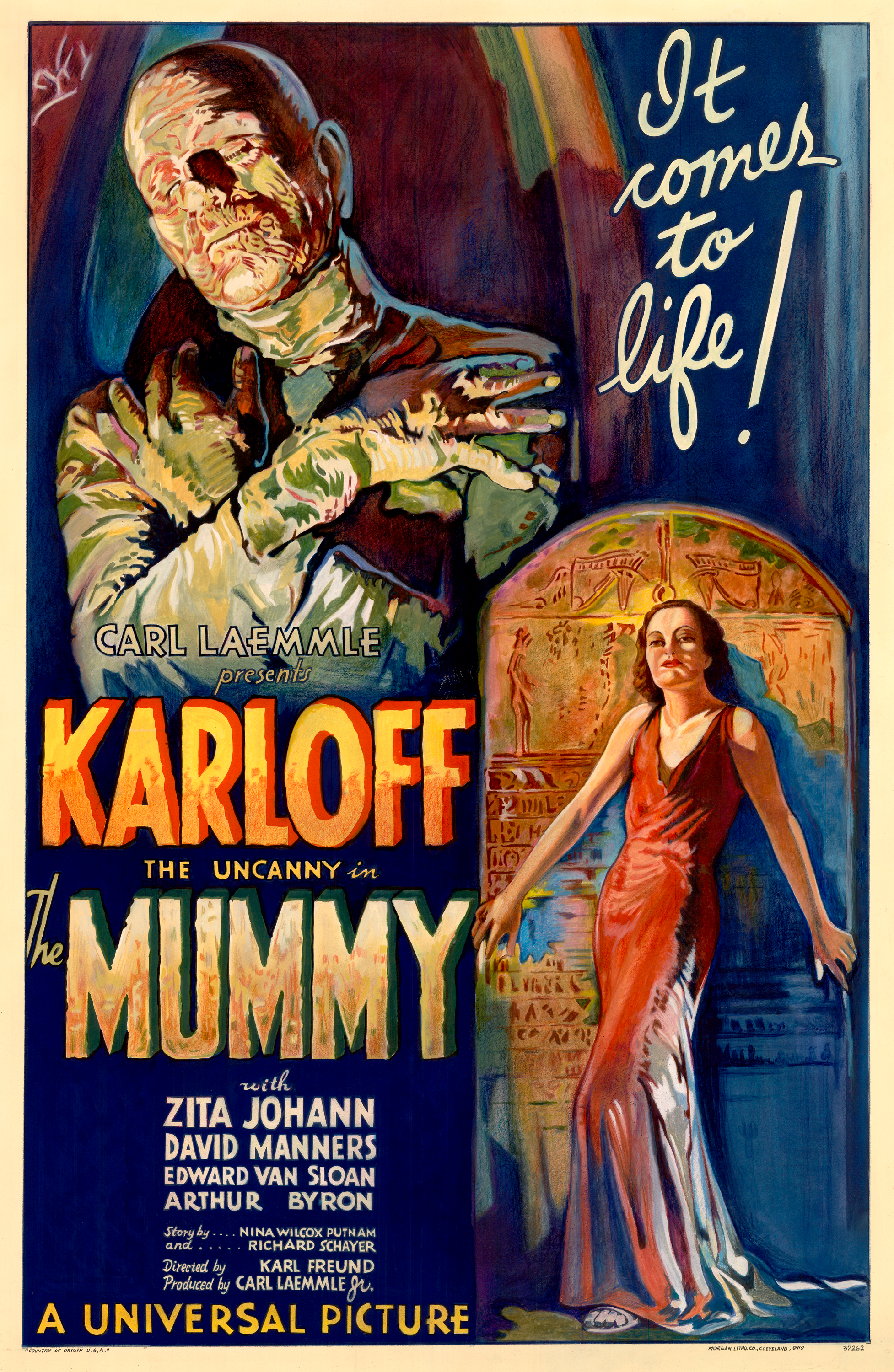
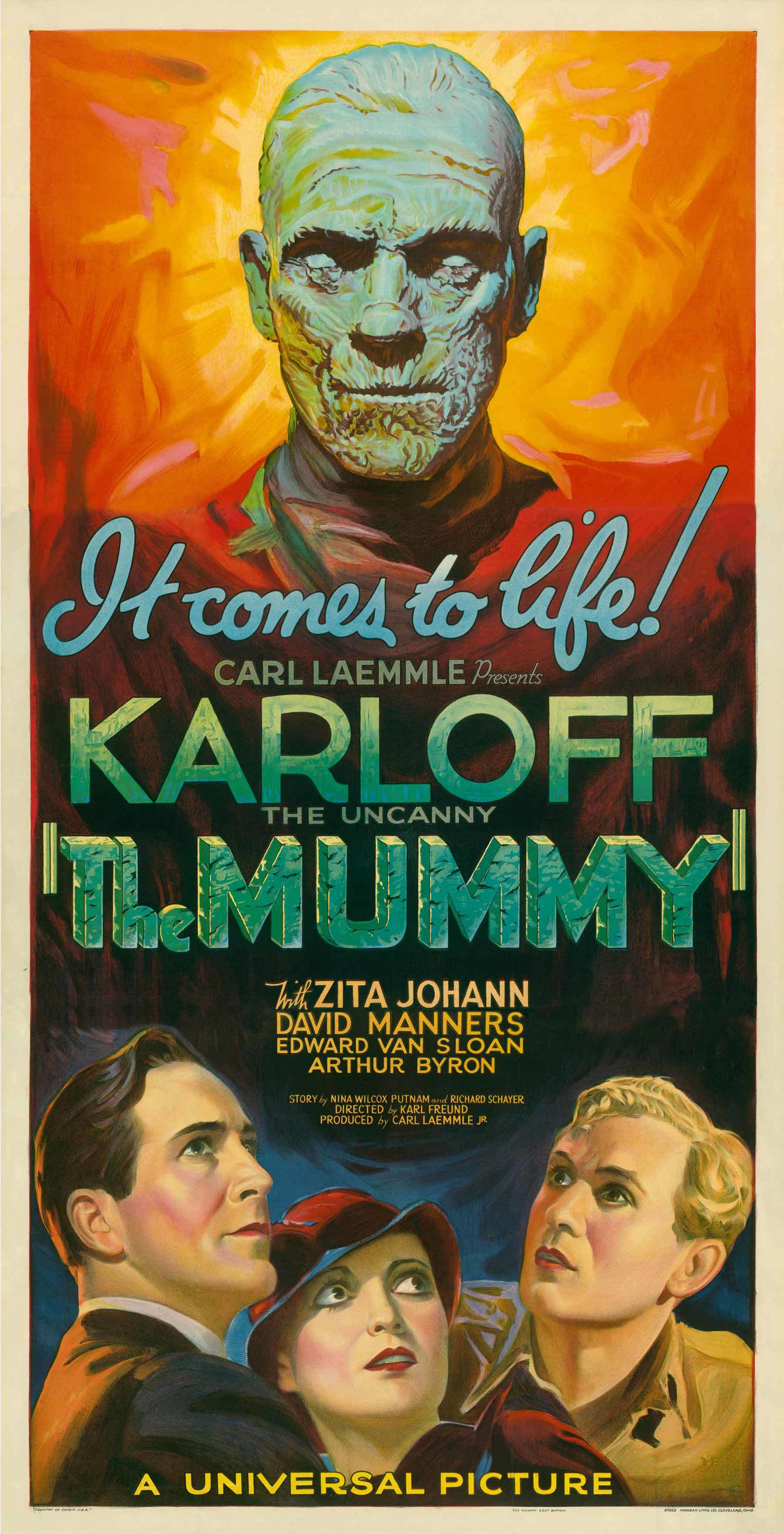
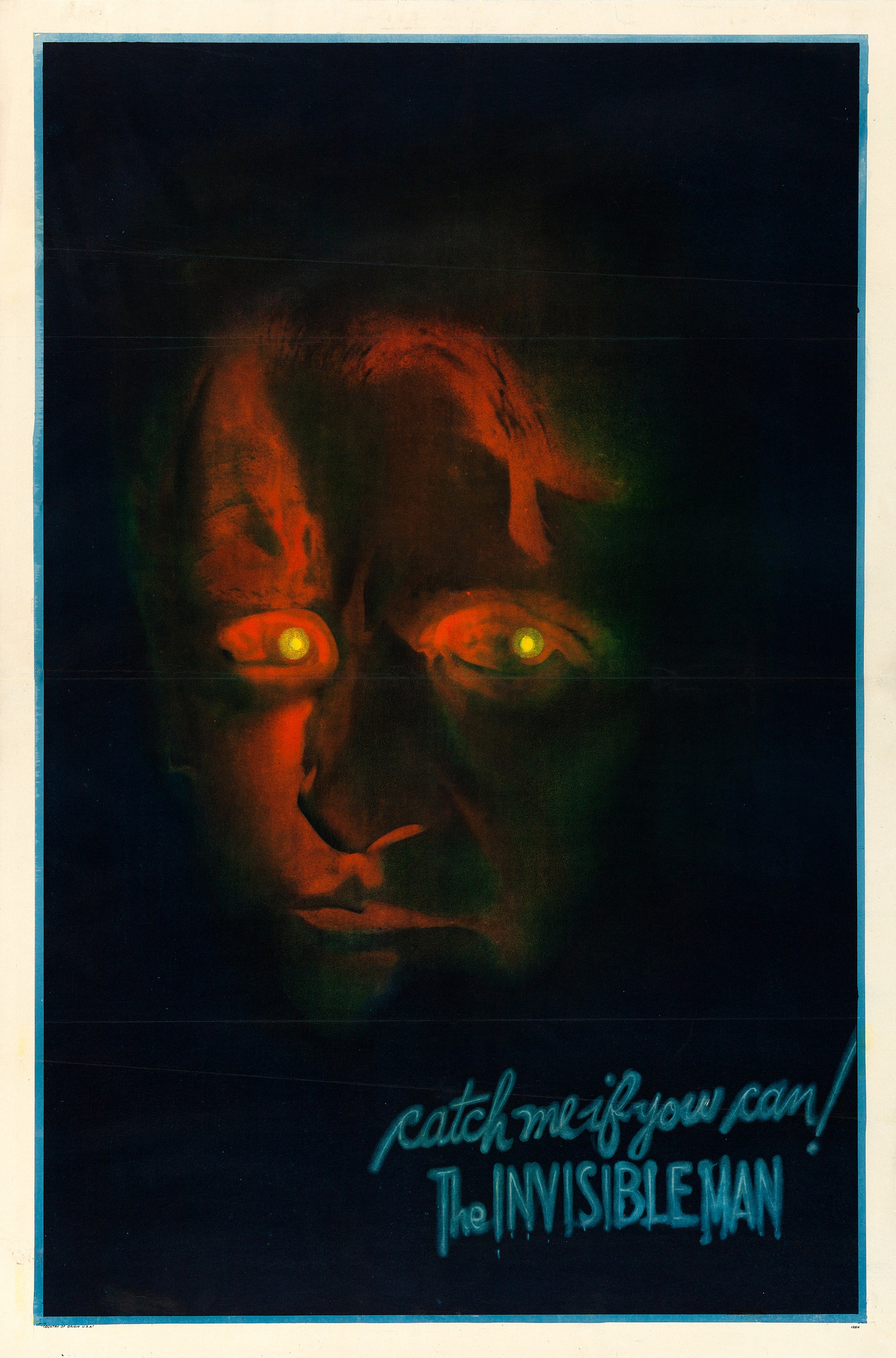
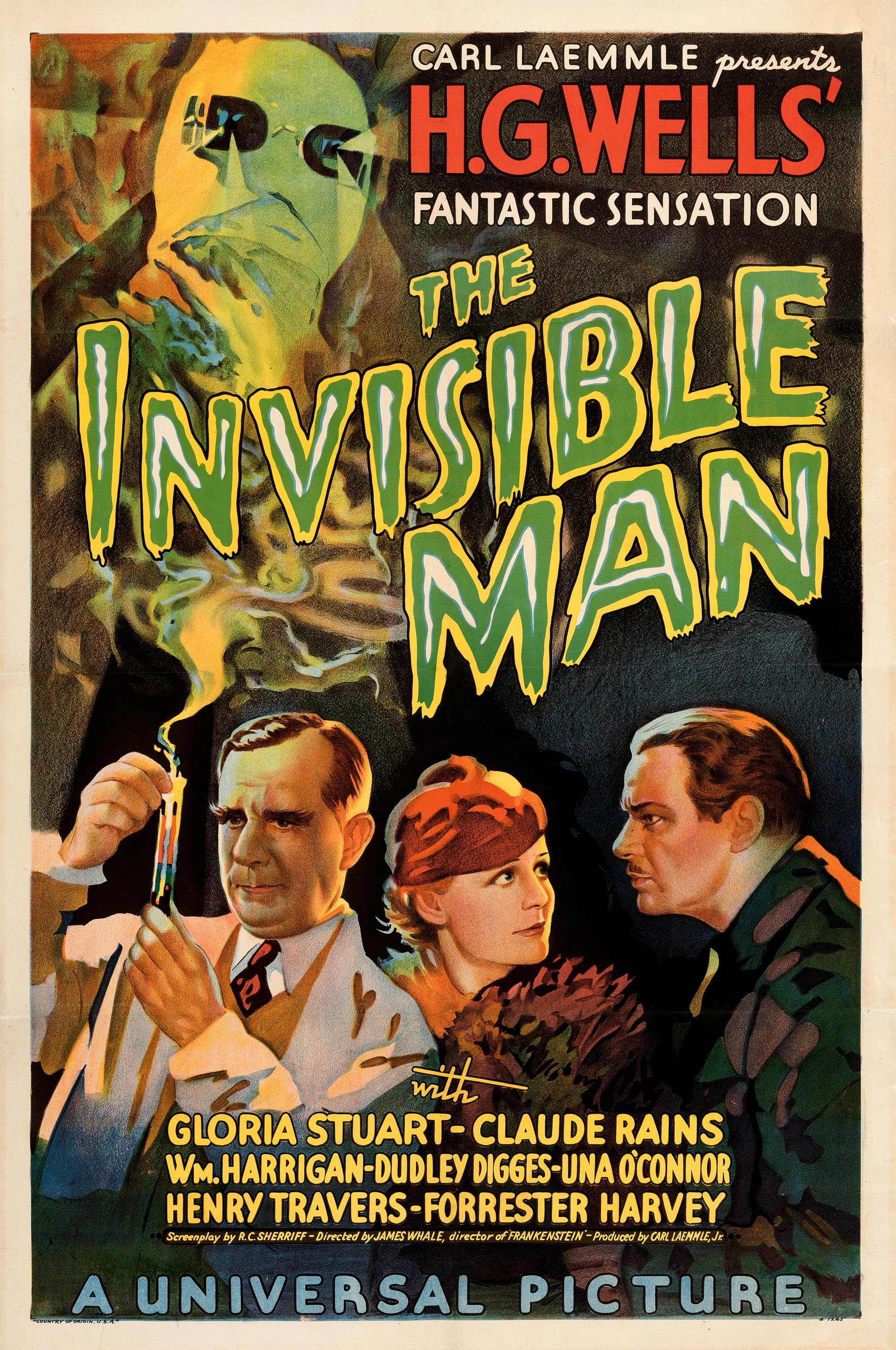
His skill extended to sequels and other genre films, maintaining a distinctive visual identity for Universal's diverse releases.
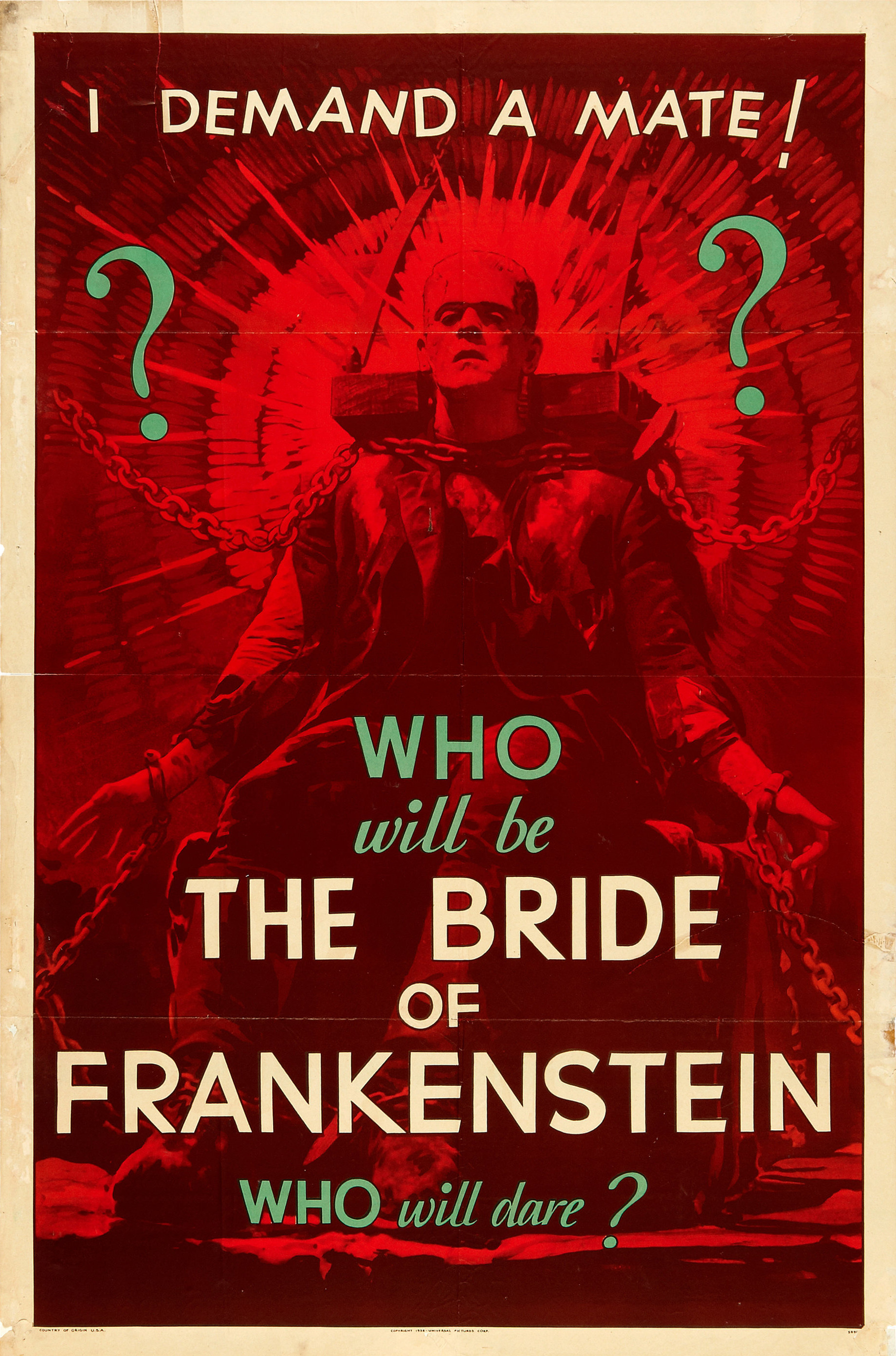
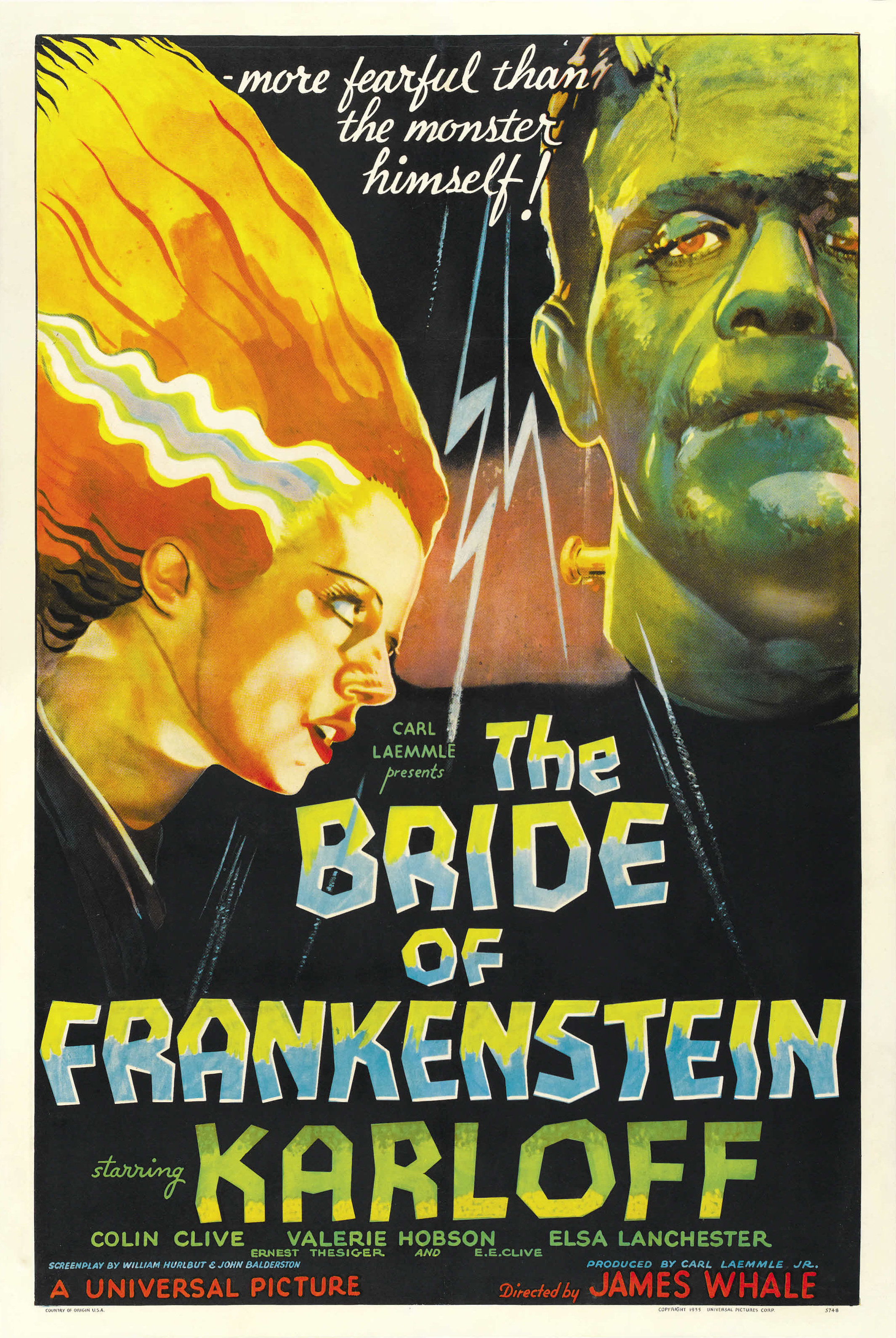
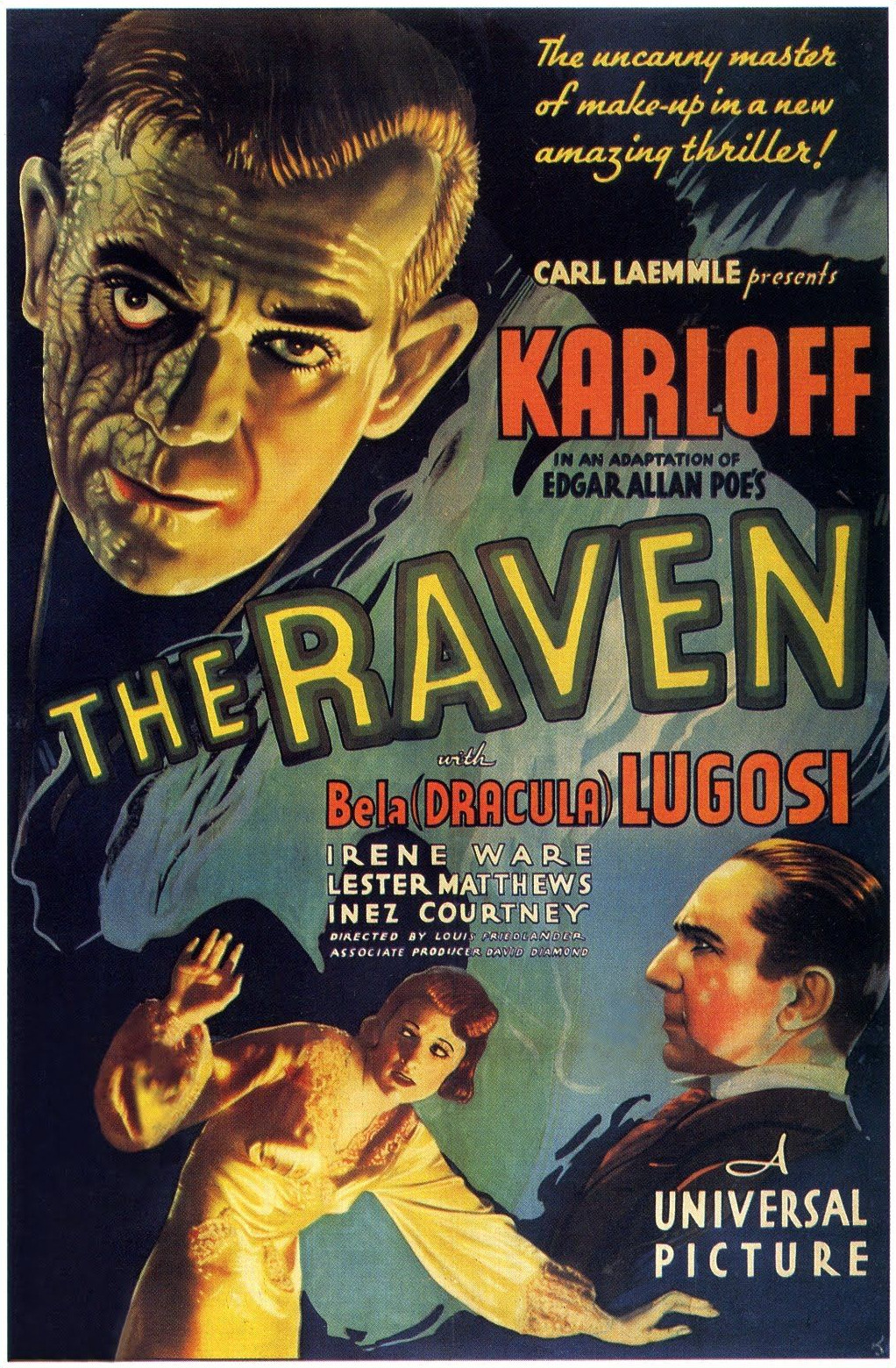
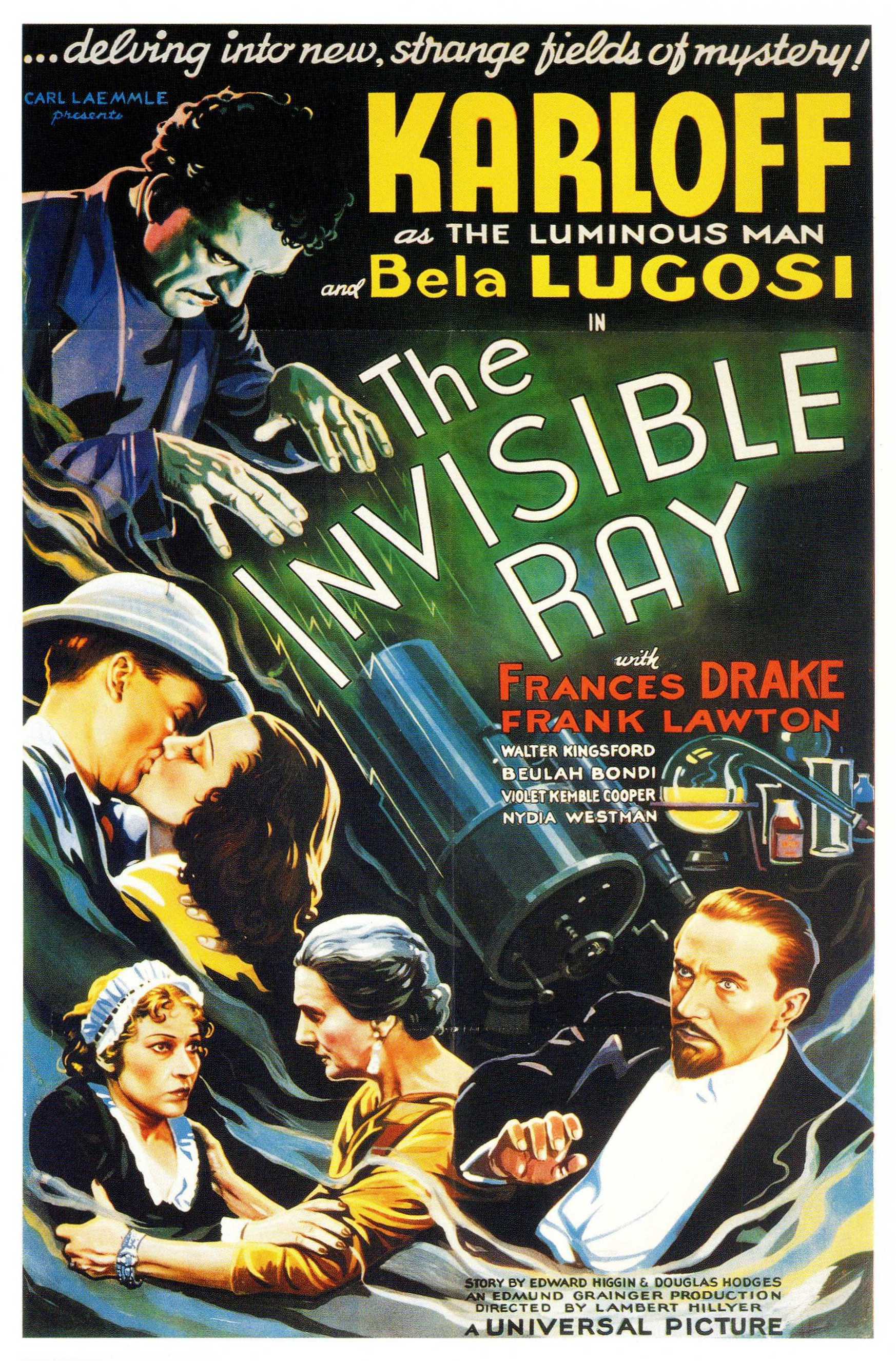
Grosz also produced impactful posters for non-horror films, including comedies and dramatic works, showcasing his versatile artistic range.
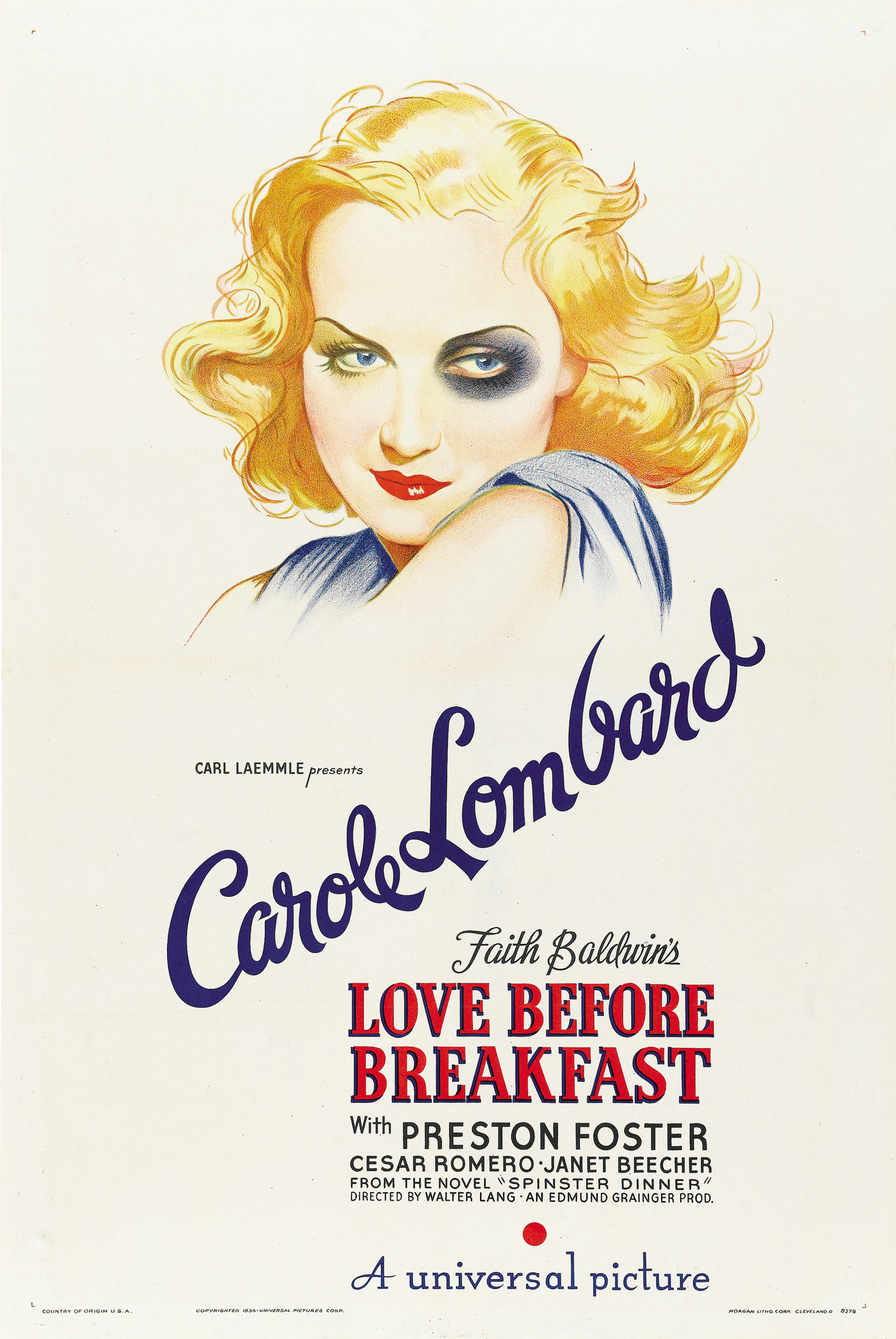
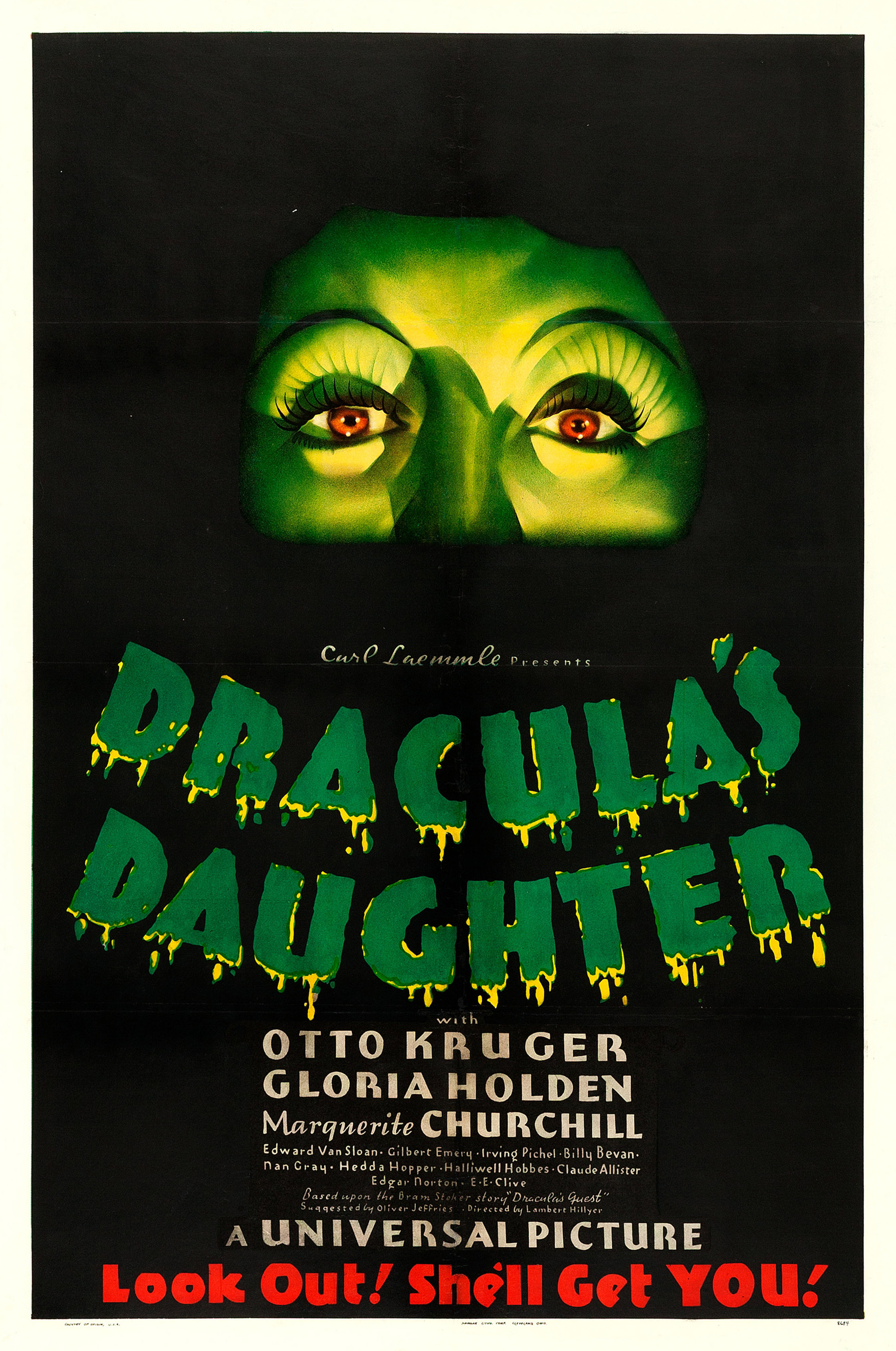
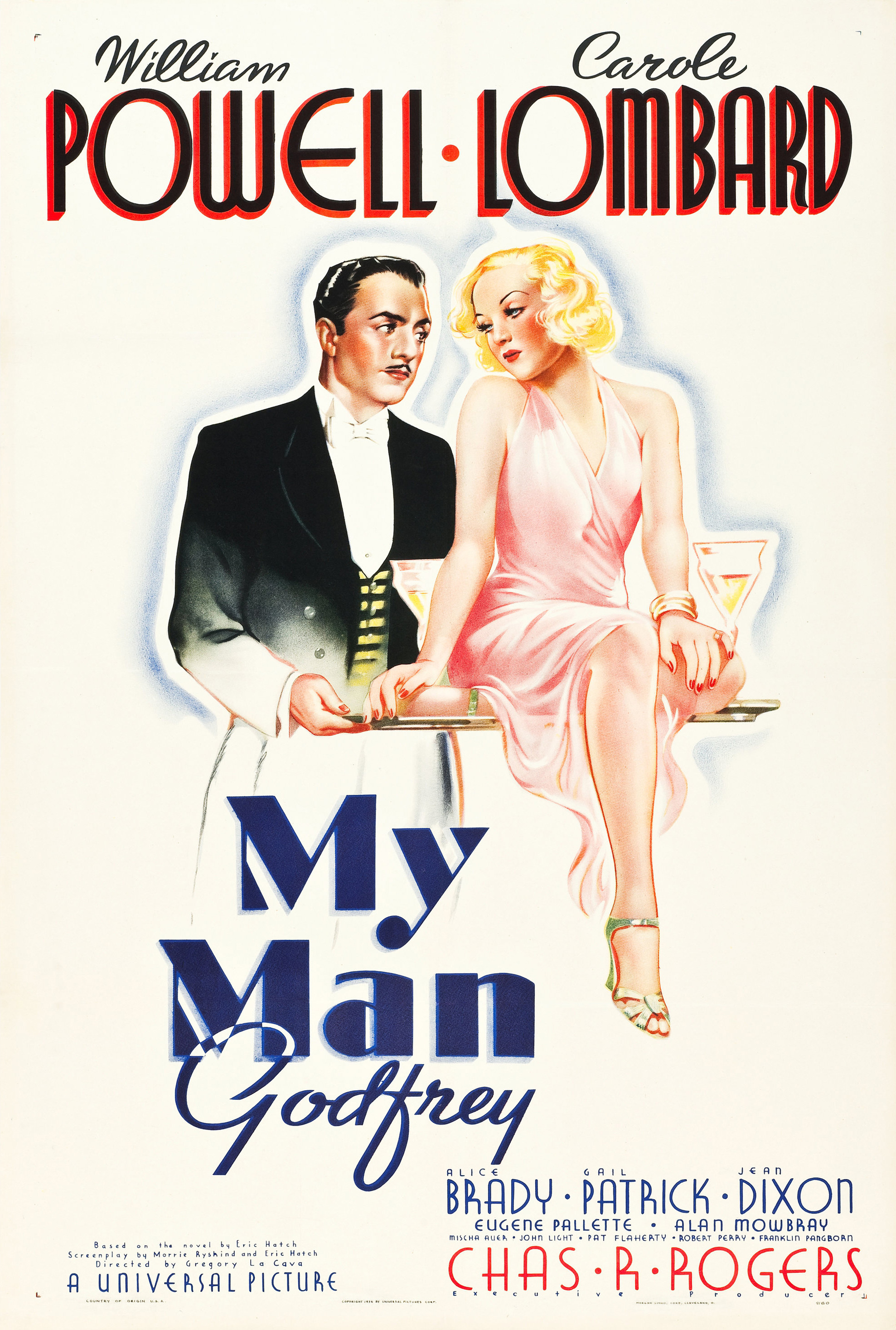
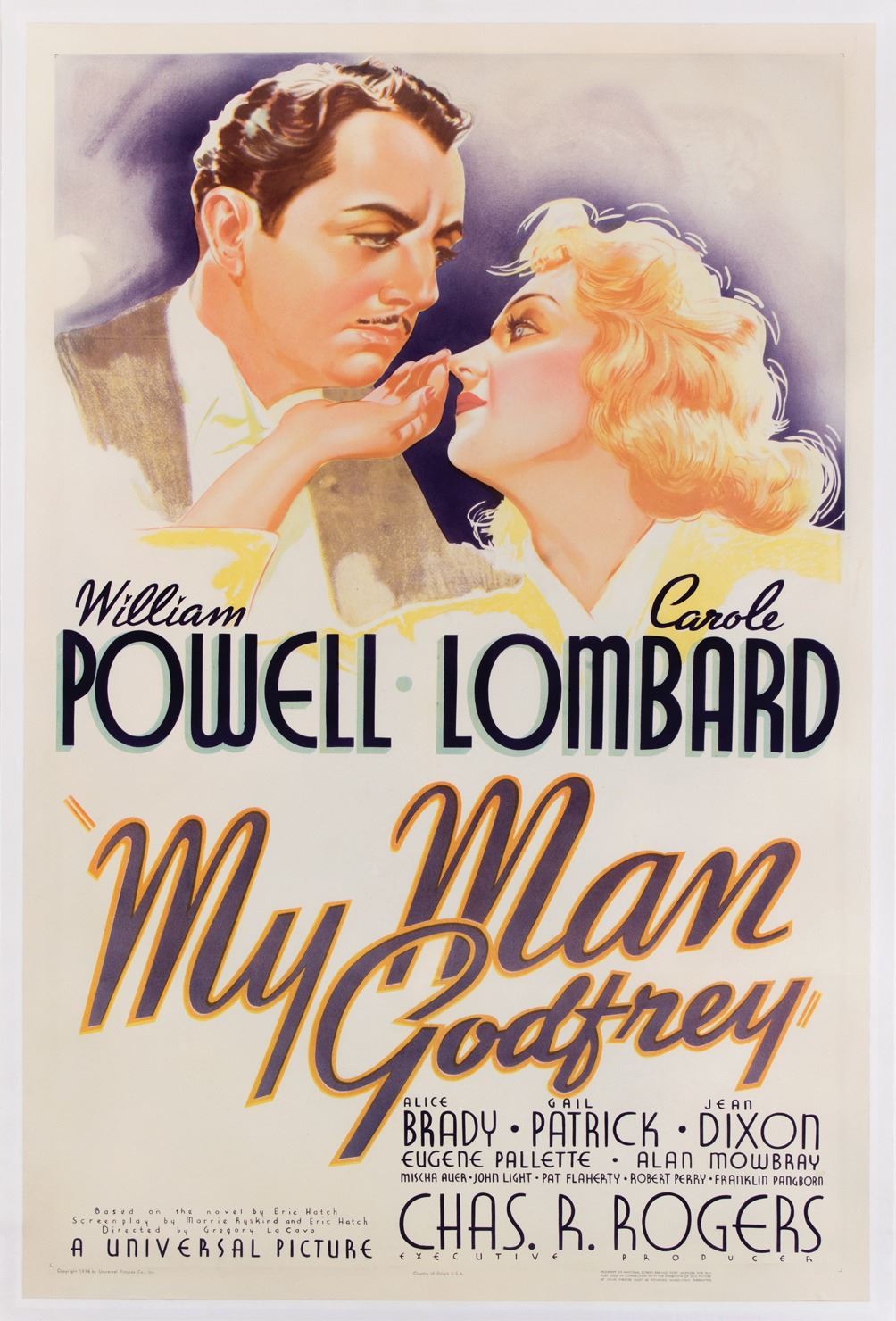
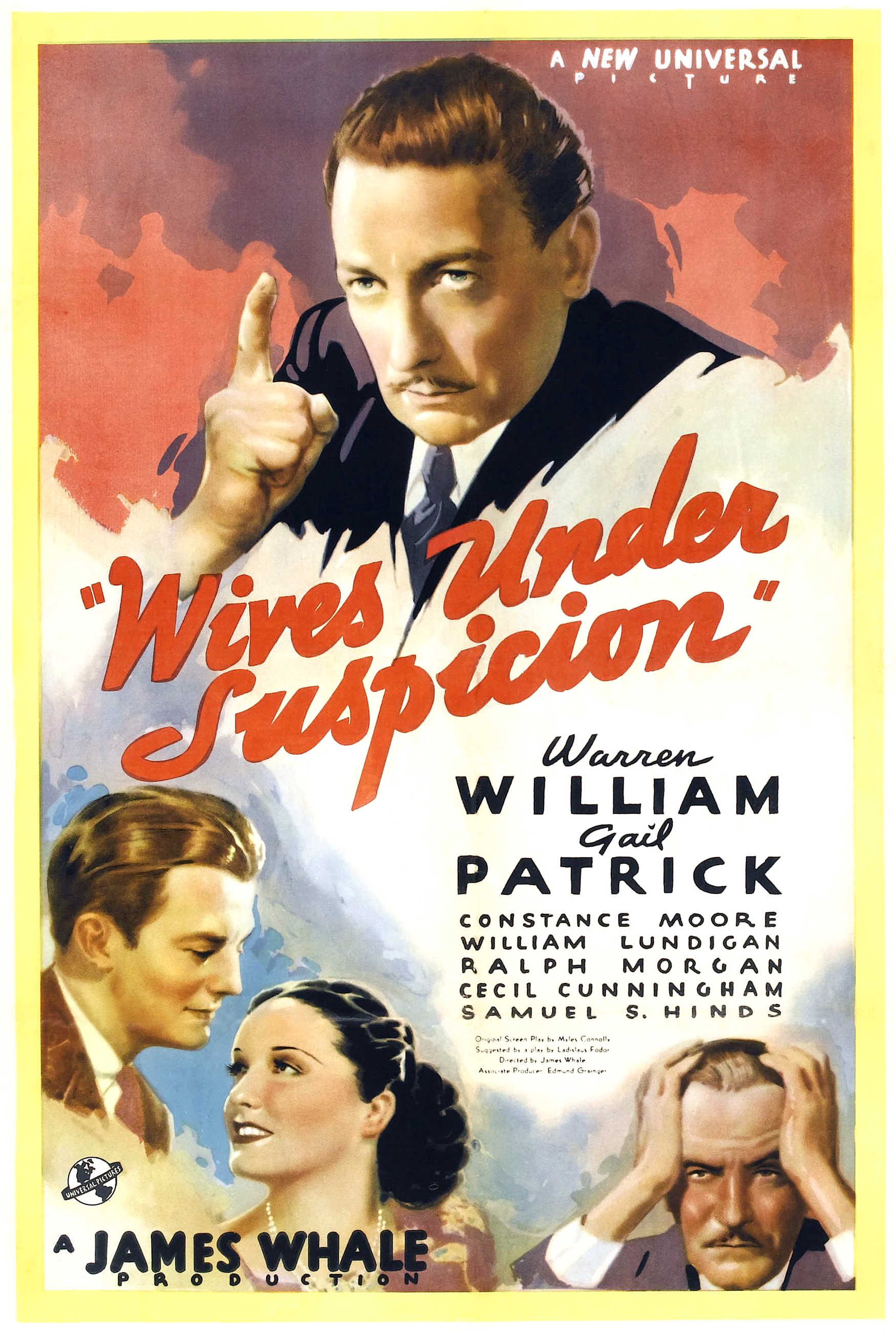
5. Legacy and Appraisal
Karoly Grosz's illustrations are now highly celebrated for their artistic quality and are greatly valued by collectors. However, this recognition only emerged about half a century after his active career. In their original time, lithograph film posters were considered ephemeral objects, intended for distribution to movie theaters and typically discarded after a film's run. As a result, well-preserved original copies are exceedingly scarce. For instance, only two known copies of Grosz's one-sheet poster for The Mummy existed until 2001, when a third was discovered in a garage in Arizona.
5.1. Artistic Reception
Film historians Stephen Rebello and Richard C. Allen praised Grosz's colorful and dramatic illustrations for bringing "a certain charm and almost naive perfection" to the "highly sensationalistic elements" of horror classics by directors like Tod Browning and James Whale, which featured hideous creatures, half-clad heroines, unsealed tombs, and mad doctors. They considered Grosz's work in the horror genre to be unparalleled, except for William Rose's poster art for the 1940s B movies produced by Val Lewton for RKO Pictures, such as Cat People (1942). British film historian Sim Branaghan noted that Grosz's "wild imaginings" significantly influenced poster design in the United Kingdom from the 1950s onward, particularly for the expanding market of exploitation films, as film censorship in the United Kingdom became less strict and films with mature themes gained mainstream acceptance.
Tony Nourmand and Graham Marsh commented that Grosz's posters were exceptionally original and often "as legendary as the films themselves." While his artistic style generally adhered to the relatively conservative standards of commercial art, they highlighted his teaser posters for Frankenstein and The Invisible Man as major exceptions, describing them as "striking," "avant-garde," and "ultra-modern" even by contemporary standards. In 2013, Nourmand included the Frankenstein teaser in his book listing 100 "essential" movie posters. The American Film Institute recognized at least six posters illustrated by Grosz in its 2003 list of "100 Years... 100 American Movie Poster Classics": The Mummy (number 4), The Invisible Man (number 29), the teaser for Frankenstein (number 40), the teaser for The Invisible Man (number 69), Murders in the Rue Morgue (number 85), and Dracula's Daughter (number 88). Premiere magazine ranked The Mummy poster at number 15 in its 2007 list of the 25 best movie posters.

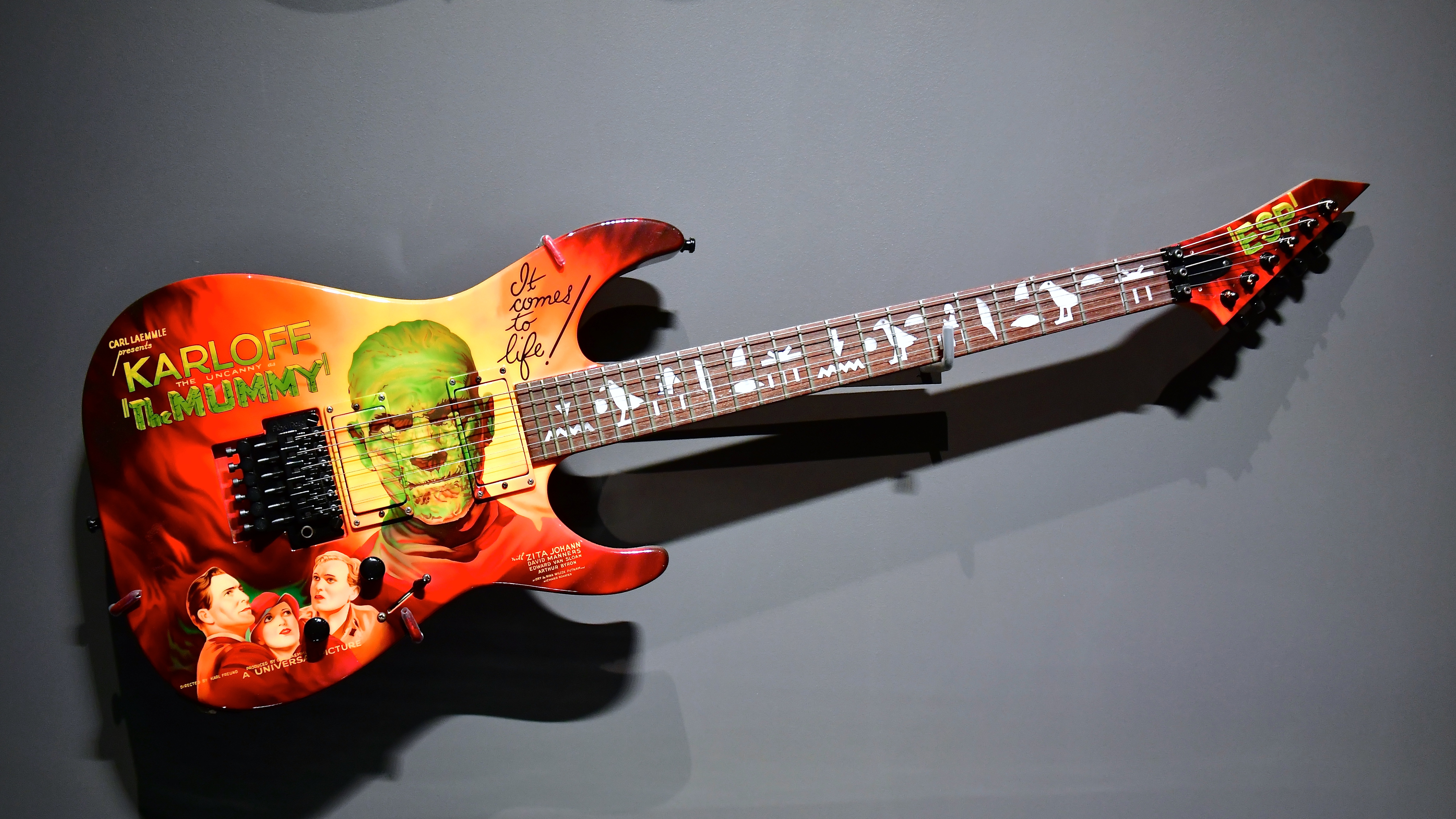
Kirk Hammett, the lead guitarist for Metallica and a prominent collector of horror memorabilia, has publicly named Grosz as his favorite poster artist. Hammett stated, "His lines are very seductive and there's a glamor and an elegance he manages to capture. In some of those movie posters, even though they're 'scary horror' movies, there's still a factor of beauty and elegance that draws me in even deeper. I think it's because of the fact it's not just horror. It's not just darkness and evil. There are also elements of beauty and hope in Grosz's illustrations. To me, he was a master." Hammett compared the Frankenstein teaser poster to an "Andy Warhol portrait gone evil" and described it as "in essence, an amazing example of pop art, 30 years before that term and movement even existed." Since 1995, Hammett has owned a custom ESP KH-2 electric guitar adorned with a design from Grosz's Mummy three-sheet poster.
5.2. Market Value and Records
High-end art markets largely excluded film memorabilia until the late 1980s. Since then, original copies of Grosz's poster designs have commanded exceptionally high prices at auction. As of 2012, six of the world's ten most expensive film posters had been produced for Universal horror films under his art direction. He also holds the distinction of being the most represented artist on the LearnAboutMoviePosters (LAMP) website's comprehensive list of vintage film posters sold for at least 20.00 K USD.
Two posters illustrated by Grosz have set the record for the most expensive film poster sold at auction. In October 1993, a Frankenstein poster sold for 198.00 K USD, more than doubling its pre-sale estimate and nearly tripling the previous record price for a film poster. In March 1997, Sotheby's sold an original one-sheet copy of The Mummy for 453.00 K USD. This sale not only surpassed Grosz's own previous record but also exceeded the highest price then achieved for an Art Nouveau poster by French painter Henri de Toulouse-Lautrec. Consequently, The Mummy became the most expensive poster in film advertising history, and possibly in all of fine art. While Grosz's name was largely unknown before The Mummy sale, even among high-end collectors, other examples of his poster art experienced a dramatic increase in value shortly thereafter. Will Bennett of The Daily Telegraph noted that "the name that collectors look for is Karoly Grosz," though he suggested the exceptionally high Mummy sale price was "regarded as a freak row between two collectors."
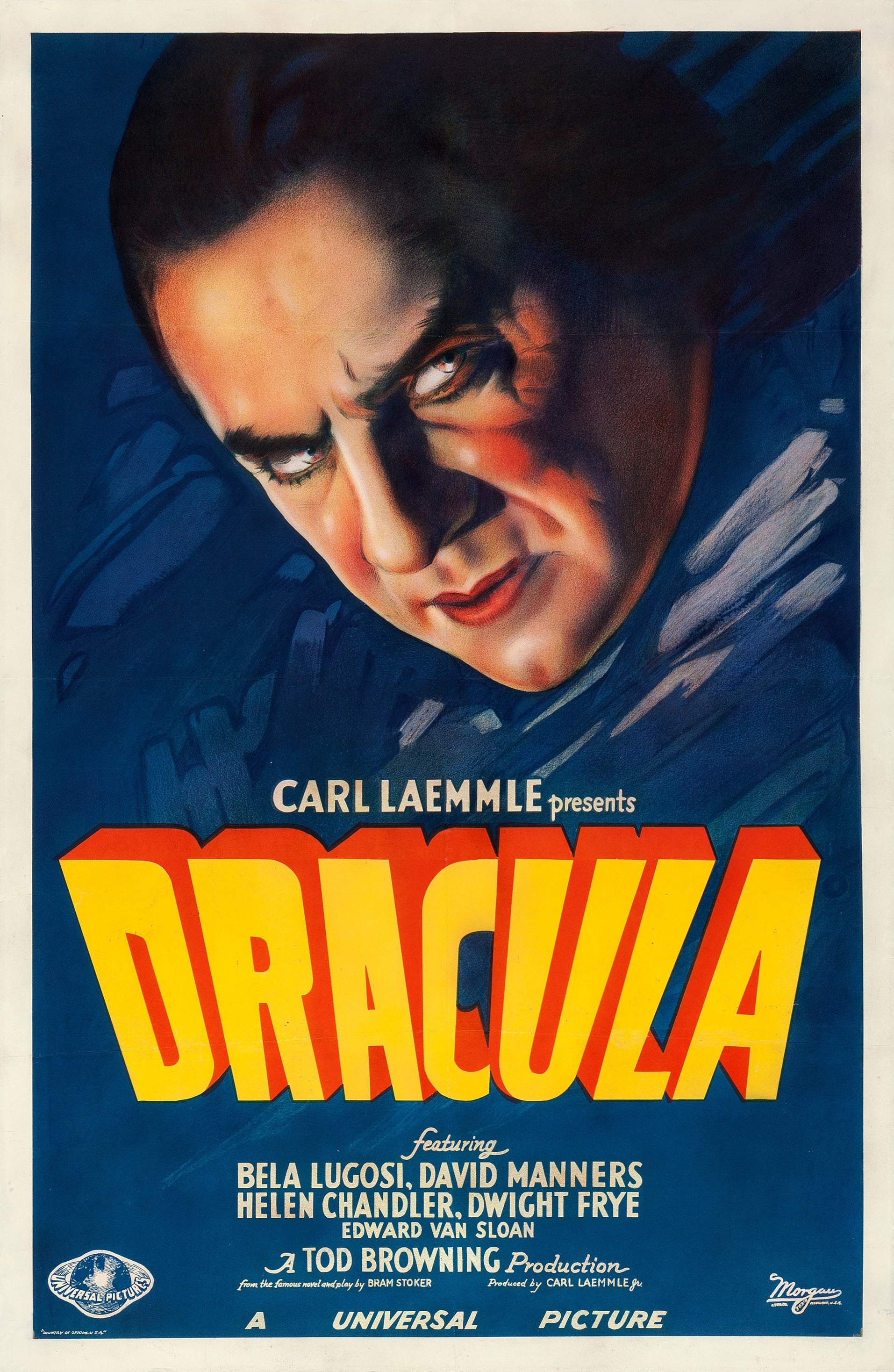
The auction record held by The Mummy was broken in 2014 by a poster for the 1927 film London After Midnight. However, an original Dracula lithograph reclaimed the record in 2017 with a sale price of 525.80 K USD. Although the illustrator for this particular Dracula poster remains unidentified, Grosz was responsible for the overall art direction of the film's poster campaign. In 2018, another copy of The Mummy poster was anticipated to reclaim the record with an estimated sale value as high as 1.50 M USD. However, it ultimately failed to sell, as no bid met the 950.00 K USD minimum by the October 31 deadline.
5.3. Cultural Influence and Exhibitions
Karoly Grosz's artwork has been featured in prestigious art museums. A one-sheet poster for The Mummy was included in the 1999 exhibition "The American Century: Art and Culture 1900-2000" at the Whitney Museum of American Art. A traveling exhibition showcasing horror memorabilia from Kirk Hammett's collection, which included several pieces by Grosz, premiered in 2017 at the Peabody Essex Museum in Salem, Massachusetts. It subsequently traveled to the Royal Ontario Museum in Toronto and the Columbia Museum of Art in Columbia, South Carolina. The high valuation and recognition of his work have also brought him posthumous acclaim in his native Hungary, where he is now regarded as a noteworthy Hungarian artist who achieved significant success abroad.